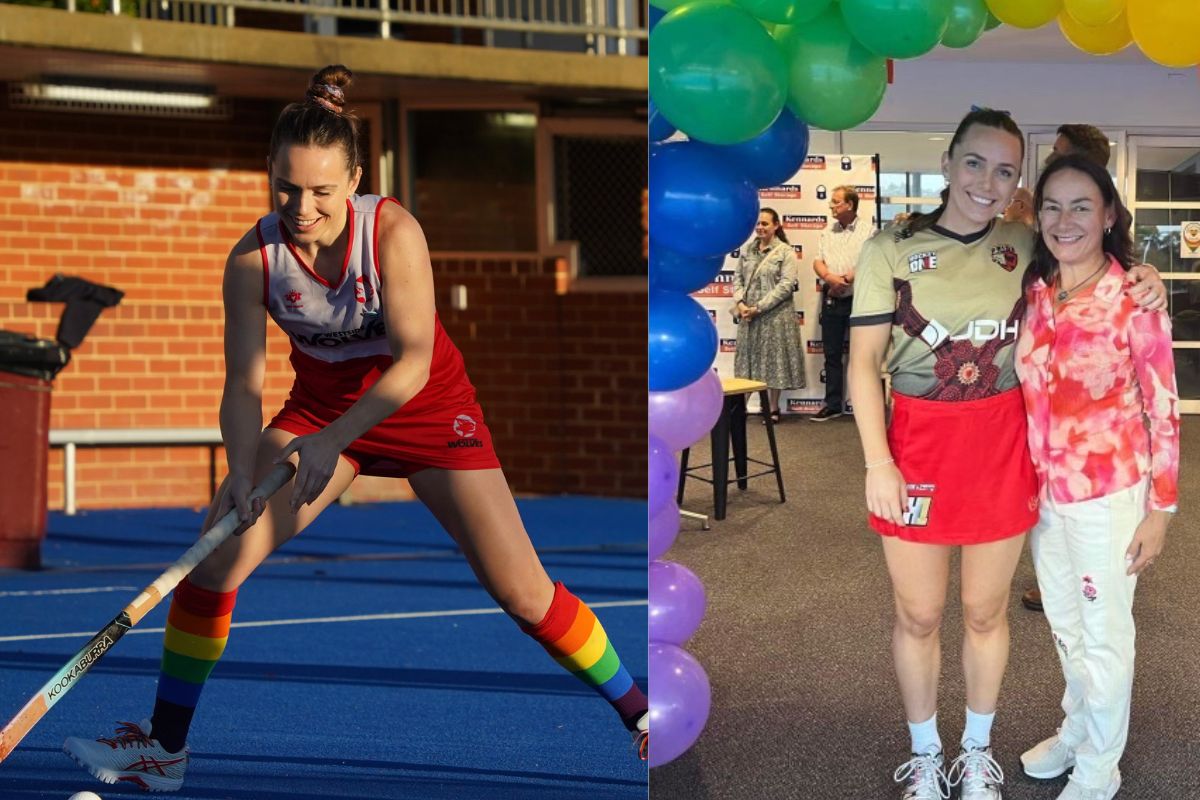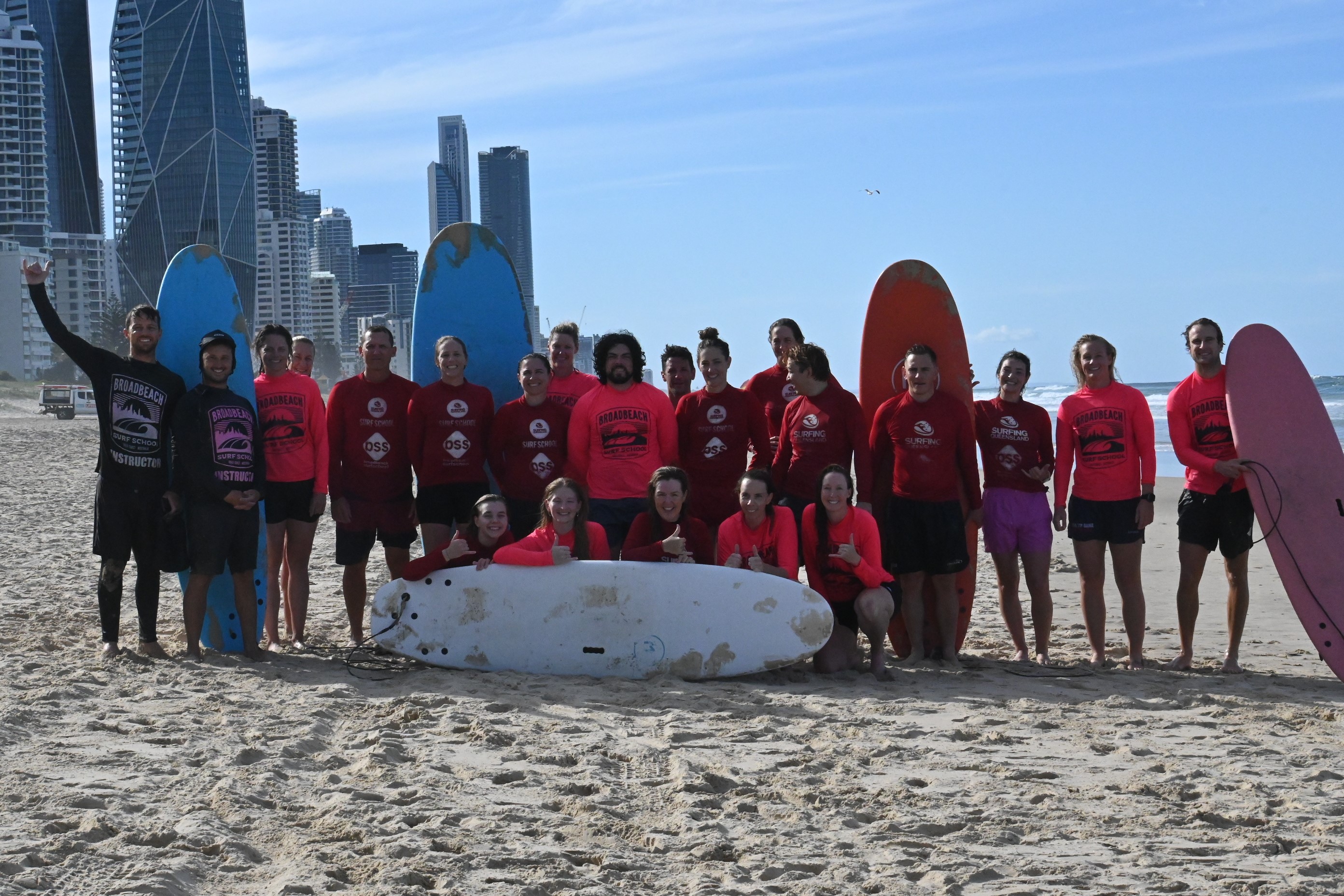When Australian botanist and former Royal Botanic Gardens director Tim Entwisle heard of a plan to revegetate nature strips with native plants, he was delighted to offer his own patch of Boroondara for the project.
It’s now home to grasses and wildflowers indigenous to the area, thanks to the work of the Kooyongkoot Alliance and the local 1st Glen Iris Scout Group.
‘There are so many ways these nature strips will benefit our local neighbourhood,’ says Tim (pictured above with Lynda Entwisle).
‘Together they will create a corridor for native plants and animals to thrive, particularly pollinators we need in our gardens and in nature. They are a reminder of what used to be here before we paved and bricked paradise.’
The Kooyongkoot Alliance’s program, supported by a City of Boroondara grant, is now finished. But you can apply for a Nature Strip Renovation Permit and create your own habitat for pollinators.
Why biodiversity matters
Biodiversity is the range of all forms of life – micro-organisms, plant and animal species, the genes they contain and the communities they belong to. Biodiversity plays a vital role in creating sustainable and thriving cities. It contributes to the health and wellbeing of both humans and the environment in Boroondara.
Boroondara’s native biodiversity once included woodlands, grasslands and herb fields, and wetlands along our rivers and streams. Urbanisation has brought many challenges. They include invasive fauna, weed proliferation, light pollution, domestic pets and development. All of these put stress on our native plants and animals.
What is Council doing?
Boroondara’s many parks and reserves play a crucial role in supporting native flora and fauna. Council is working to protect and enhance our biodiversity. We do this by:
- restoring bushland
- revegetating to create more habitat for wildlife
- working with other councils and expert bodies
- mapping and recording local species
- showcasing local flora in public gardens
- encouraging sustainable gardening and habitat planting on private land.
What can you do?
Planting indigenous gardens gives nature a hand by creating habitat for insects, lizards, butterflies and birds.
Council, community groups and many residents are working with what we have by strengthening our ‘biodiversity corridors’. These link isolated ecosystems, so animals and the seeds they carry can move safely through trees, bushes or along the ground. Private gardens can play a role by enhancing corridors or making ‘stepping stones’ for birds and other wildlife.
7 things you can do to boost biodiversity
Join our Backyard Biodiversity program
Learn how to make a habitat garden in your backyard, courtyard or on a balcony.








